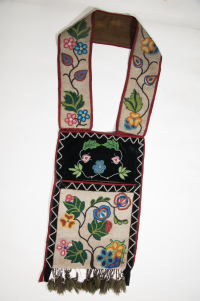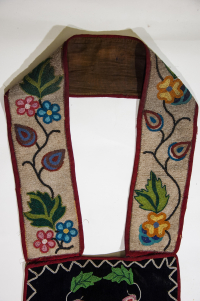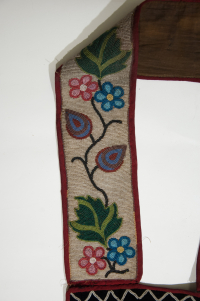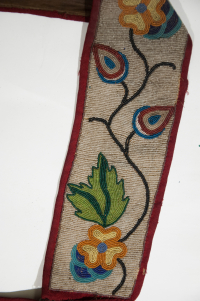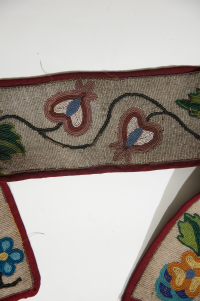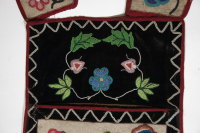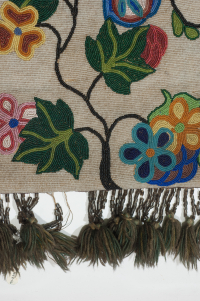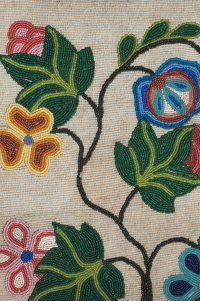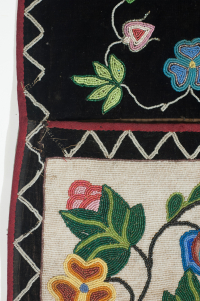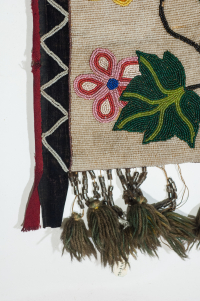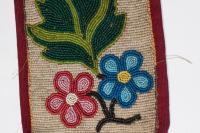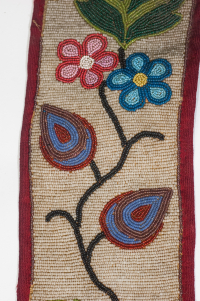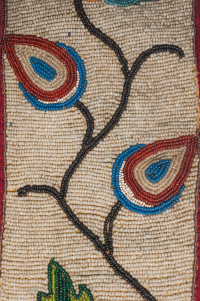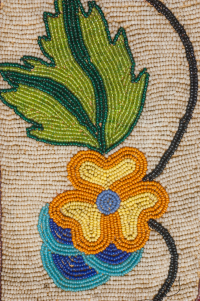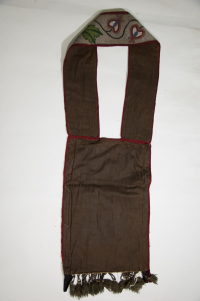Bandolier bag
Bandolier bag
Bandolier bag
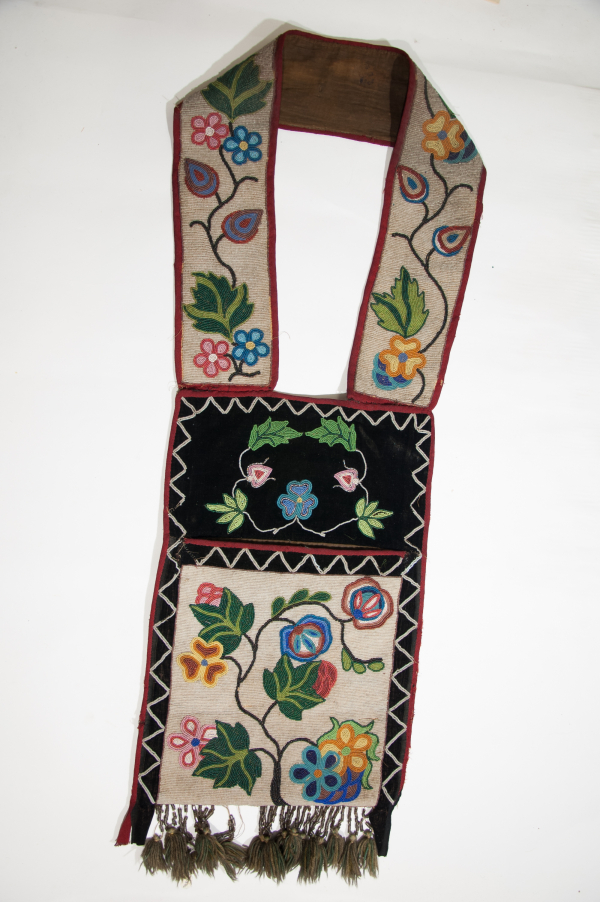
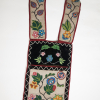
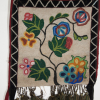
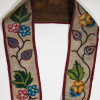
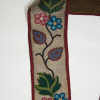

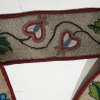
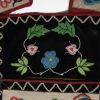
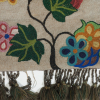
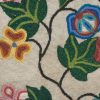
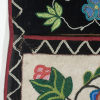
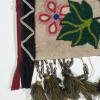

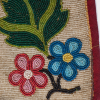
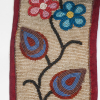
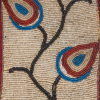

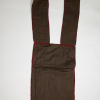
Flower & leaf seed bead motif on white field, overlay stitched beadwork, black velveteen, zig-zag border, functional pocket, green tube beads & yarn tassels
Summary of Description
Read More About This Relative
fabric, cotton, medium brown & unbleached; yarn, wool, green (two shades - seaweed and forest); thread, cotton, brown & black; notions, bias tape, purple (wine); tubular beads, glass, green (seaweed); seed beads, clear, black (opaque), white (opaque white, opaque pearly), silver (transparent warm silver, transparent cold silver), red (opaque mahogany, transparent medium red, opaque bright pink, opaque rose, transparent rose), orange (opaque marigold), yellow (opaque lemon), green (opaque mint, opaque medium green, transparent lime, transparent emerald), blue (opaque sky, two shades of opaque medium, opaque navy), purple (transparent grape, opaque violet);
Hand sewn, Whip-stitched, Straight stitched, Diagonal and blind stitched, Overlaid spot stitched beadwork, Rectangular panel comprises a pocket and a top panel, Black velvet covers front of top panel above pocket, Pocket lined in unbleached cotton, Sixteen tassels (8.5 cm L) sewn to bottom of bag, Beadwork is located on front of strap, on top panel and around its edges, and on front of pocket and around edges, Beadwork on strap and pocket-front done on canvas later sewn onto artifact, Beadwork on panel and pocket edges and on top panel is done right on velvet, Beadwork around pocket and panel edges is a two row zigzag of white opaque beads, with a few white translucent beads at upper right corner of pocket, all are overlaid, strung on one-strand light brown cotton thread, overlaid at two bead intervals, in same thread, Bilateral symmetry on vertical axis, Pattern flow is around centre, All is symmetry on one-strand light brown cotton thread, anchored at two-bead intervals, Beadwork backed on canvas covers front of pocket and strap;
Zig-zag, Floral, stem, Ragged leaf, compound leaf, Tri-petalled flower (petals are heart-shaped), five-petalled flower, bud?;
Bandolier bags most likely originated in the Upper Great Lakes region during the 1840s and 1850s. Fashioned exclusively from European materials and adorned with thousands of beads, bandolier bags were primarily for show, as a symbol of identity, wealth and status. Although initially functional, by the late 19th and early 20th centuries many of the bags had false pockets or none at all. Sometimes called "friendship bags", they were often created as gifts to strengthen relationships within communities or between nations. By the 1870s they had become an important element of formal dress worn mainly at ceremonies and celebrations by men, and occasionally by women. They wore them - singly or several at a time - crossed over the torso or draped around the neck. “The wearing of more than one bag was generally the prerogative of a leader or a person of high honour." (McCord, 2013) “Bandoliers were adopted by Ojibwa in 19th century after seeing bullet pouches used by British soldiers. Bullet pouches were plain and decorated with crest or coat of arms. When idea adopted by Ojibwa, they were greatly prized and highly decorated ceremonial accessories. They became so highly prized by Ojibwa and other tribes (especially Sioux), that one bandolier could be traded for one pony. They became a status symbol of highest ranking Midewiwin priests. (Flanders, 1977)
All beadwork is overlaid at 1-2 bead intervals on one strand light brown cotton thread.
Provenance
This collection may have begun with Orkney man John Inkster (1799-1874), a Red River settler since 1819, and later a merchant, or with his eldest son Colin (1843-1934), Sheriff of Winnipeg.
McCord Museum, Wearing Our Identity. Montreal: The McCord Museum, 2013; and “Beads: Their Use By Upper Great Lakes Indians” by Richard Flanders, 1977
About This GRASAC Record
Manitoba Museum
Content from the Manitoba Museum's catalog records. Uploaded by Orvis Starkweather as part of their summer internship.













Attributed to Northeast Great Lakes-Riverine Geo-Cultural Area
 Knowledge Sharing Platform
Knowledge Sharing Platform

